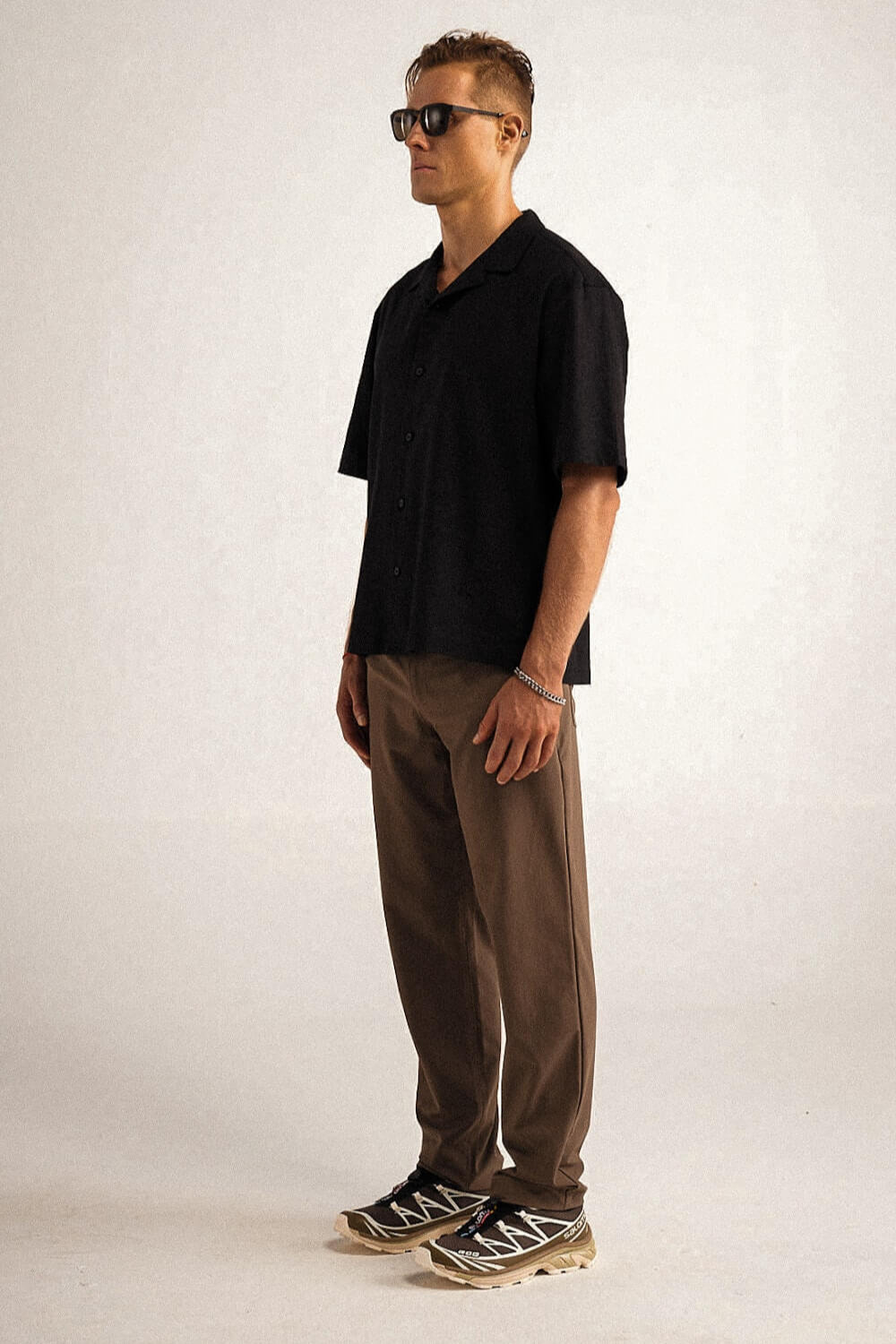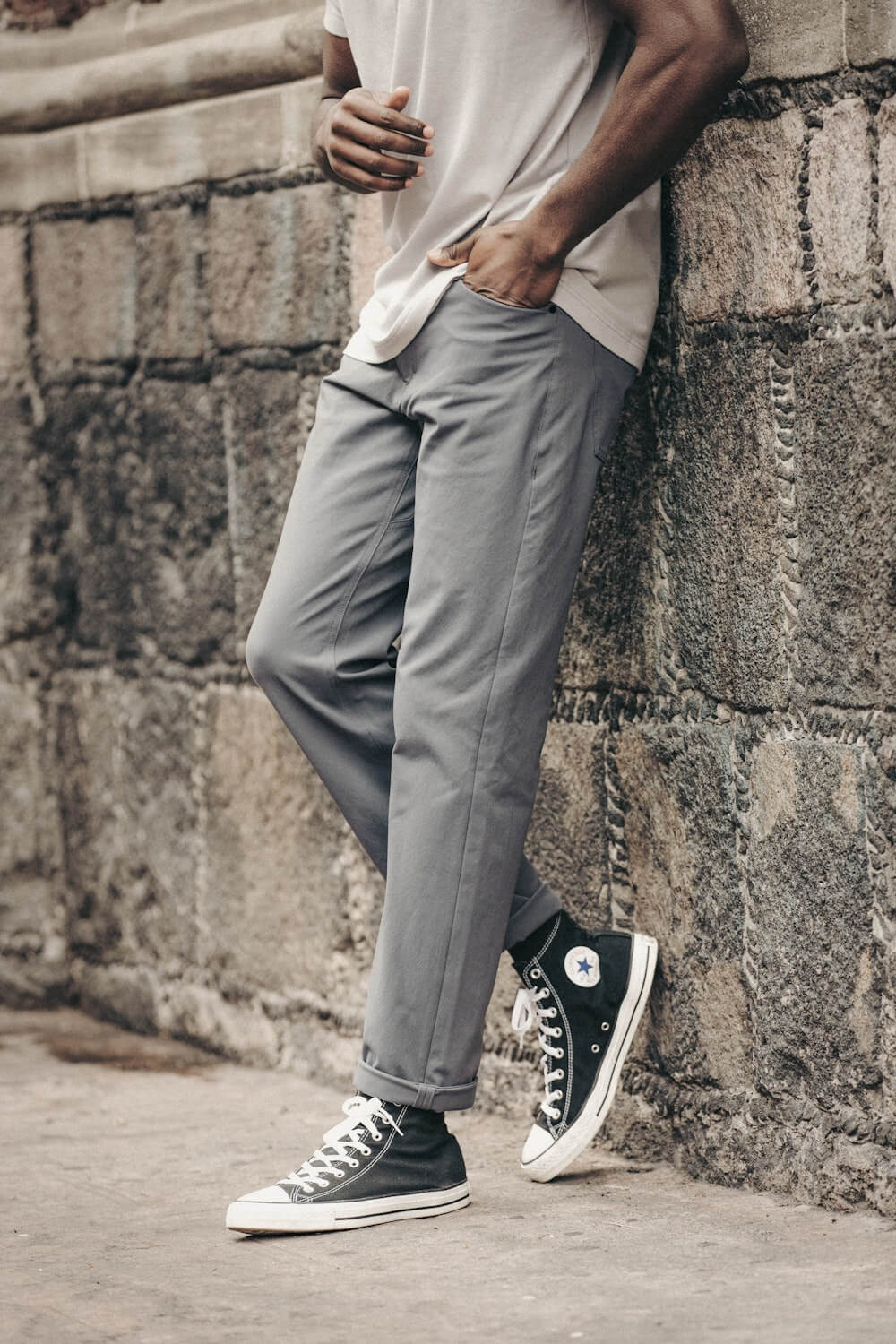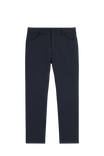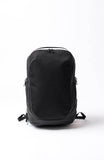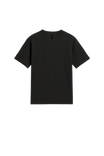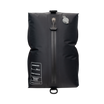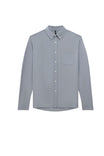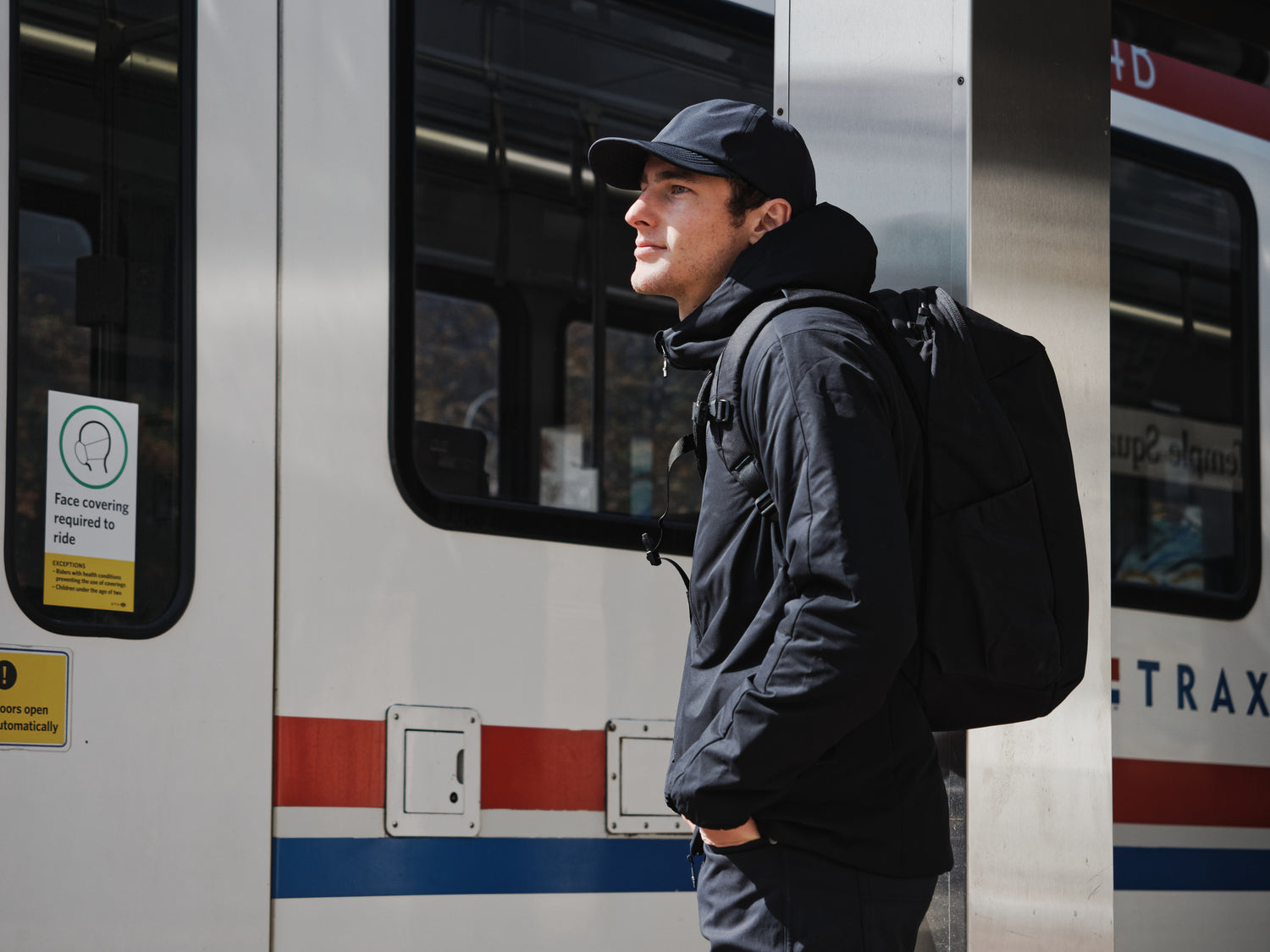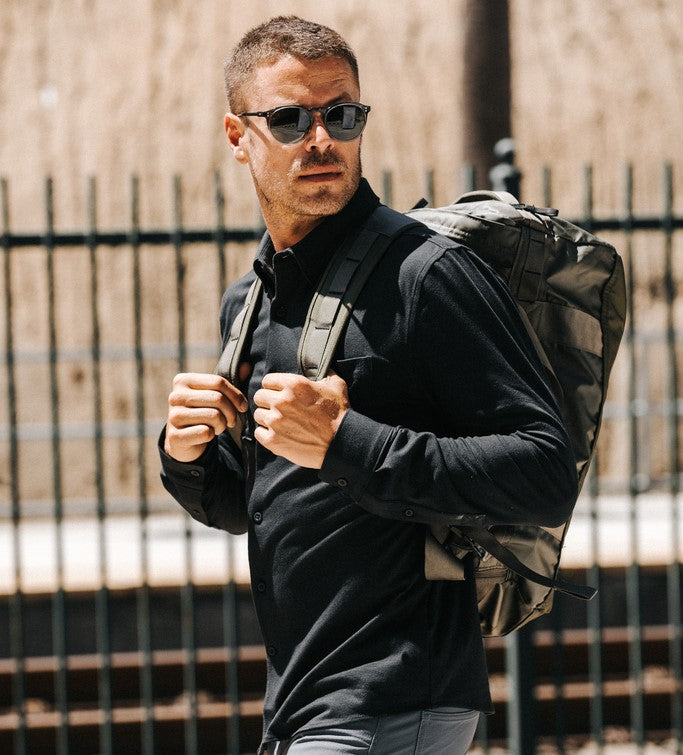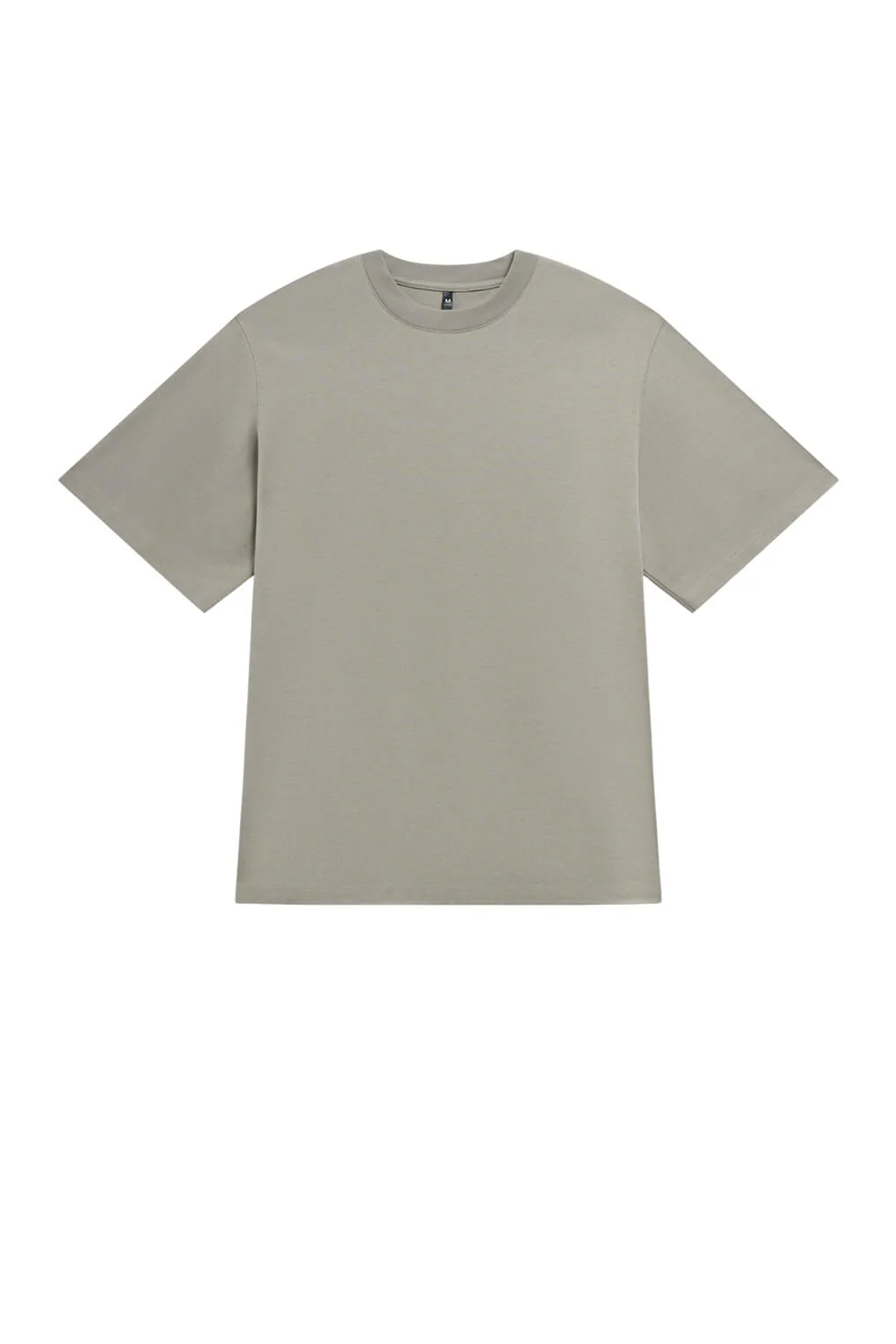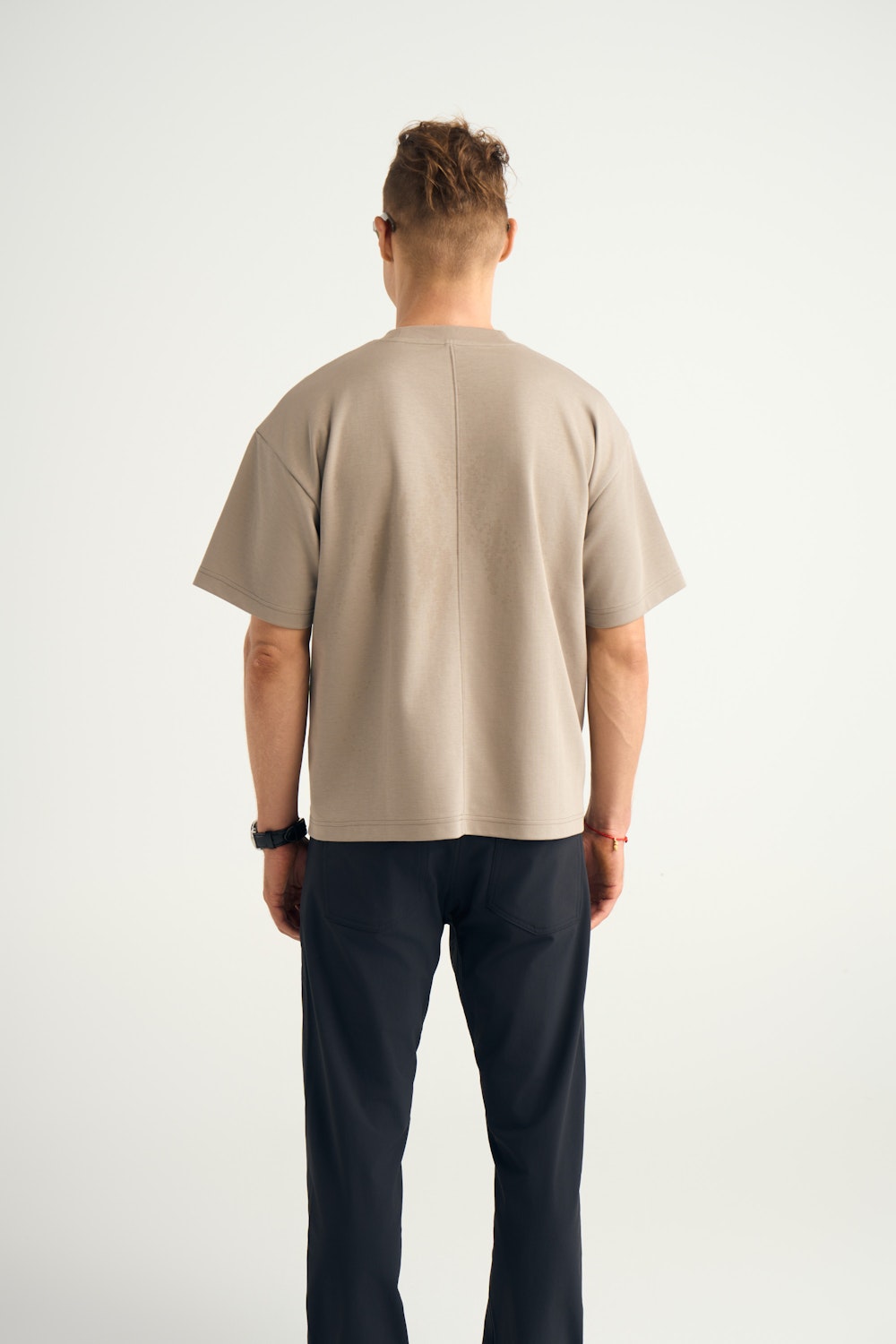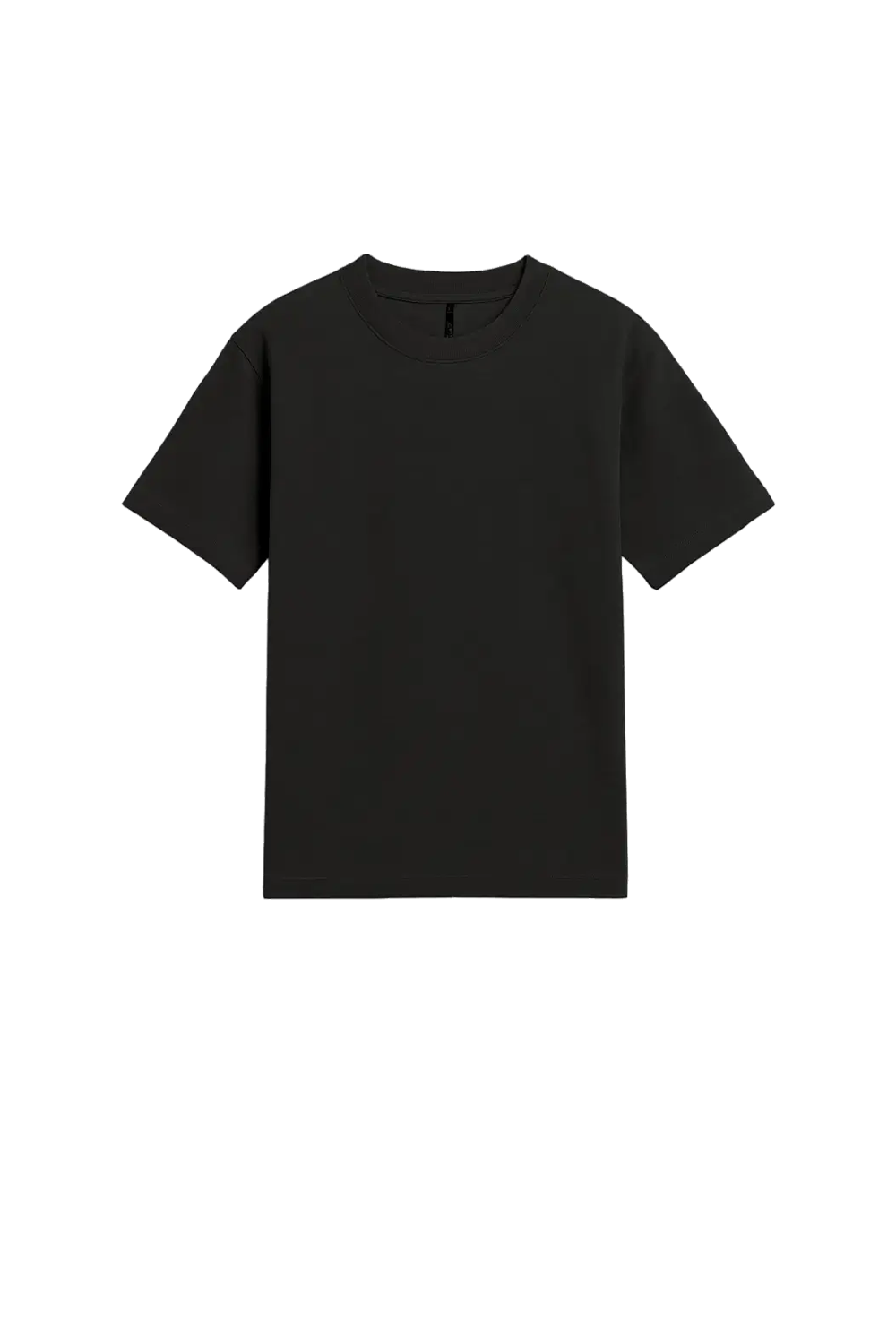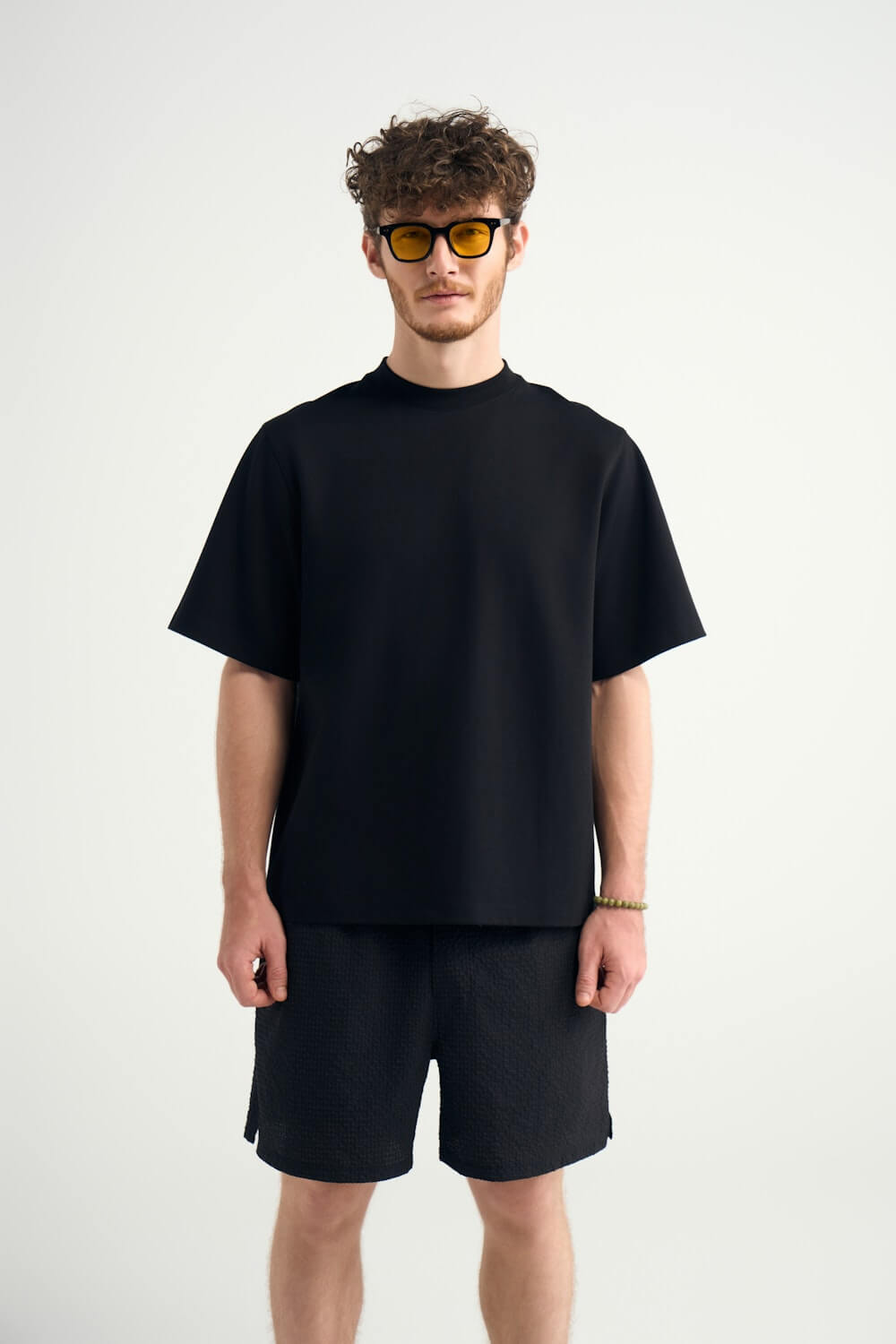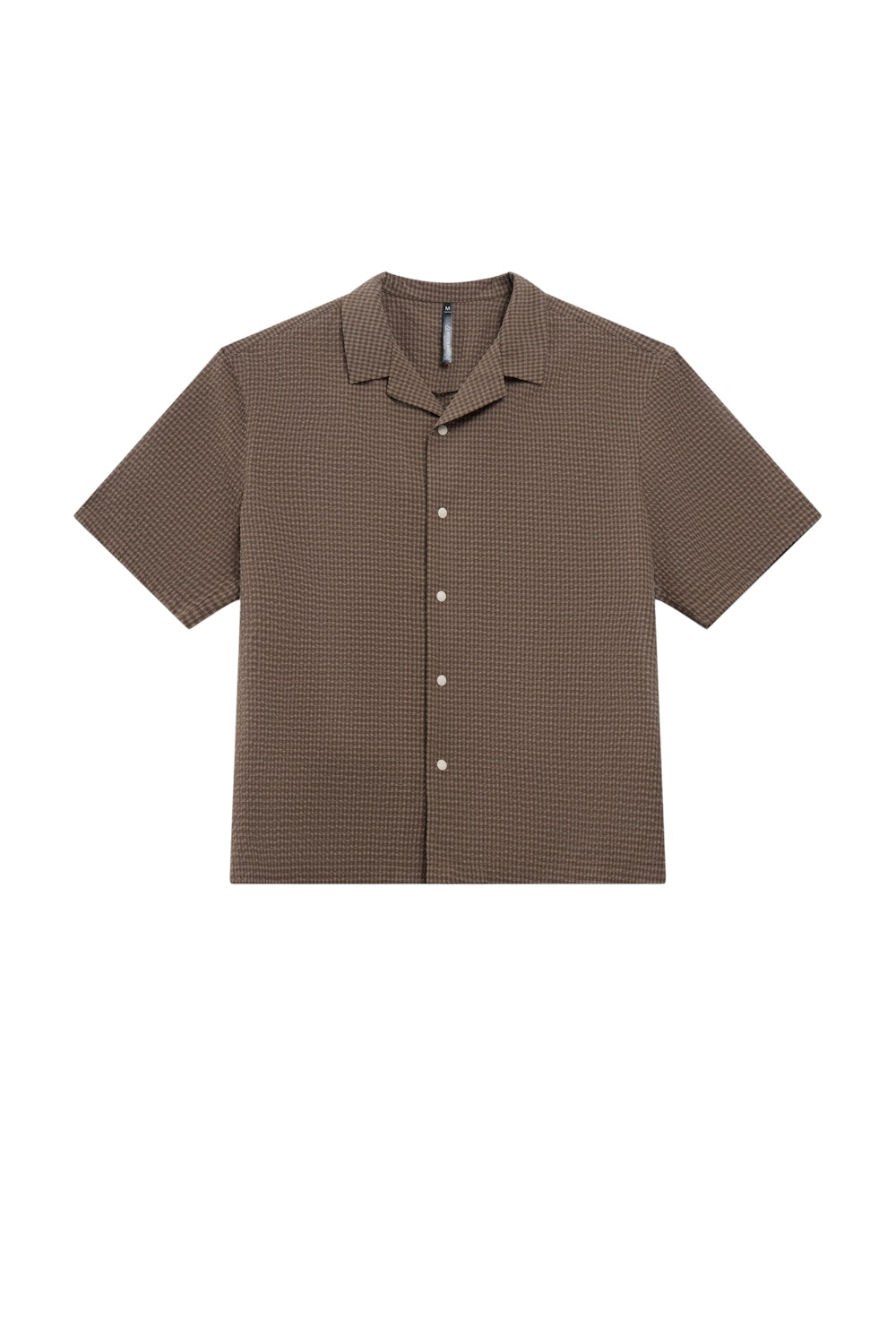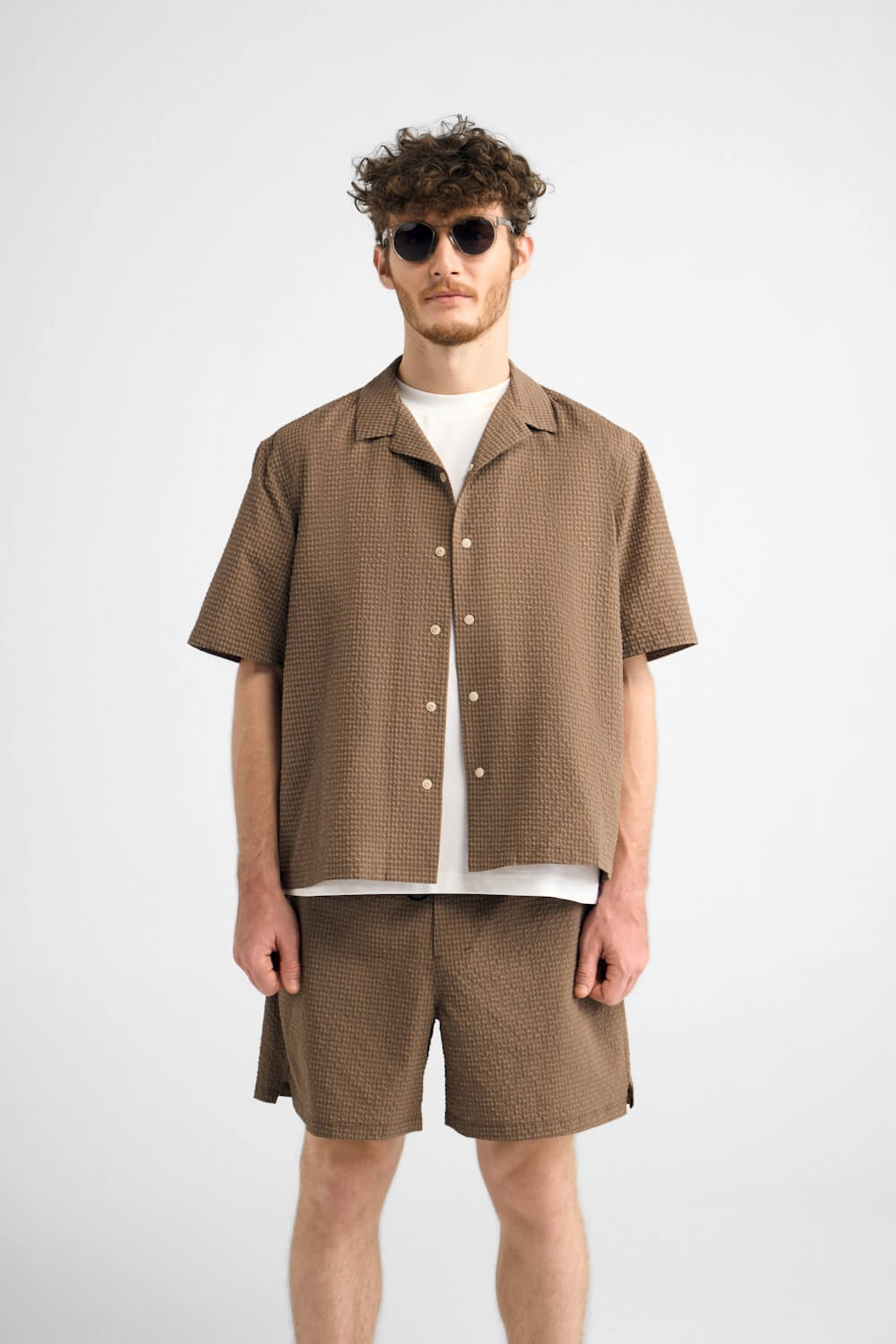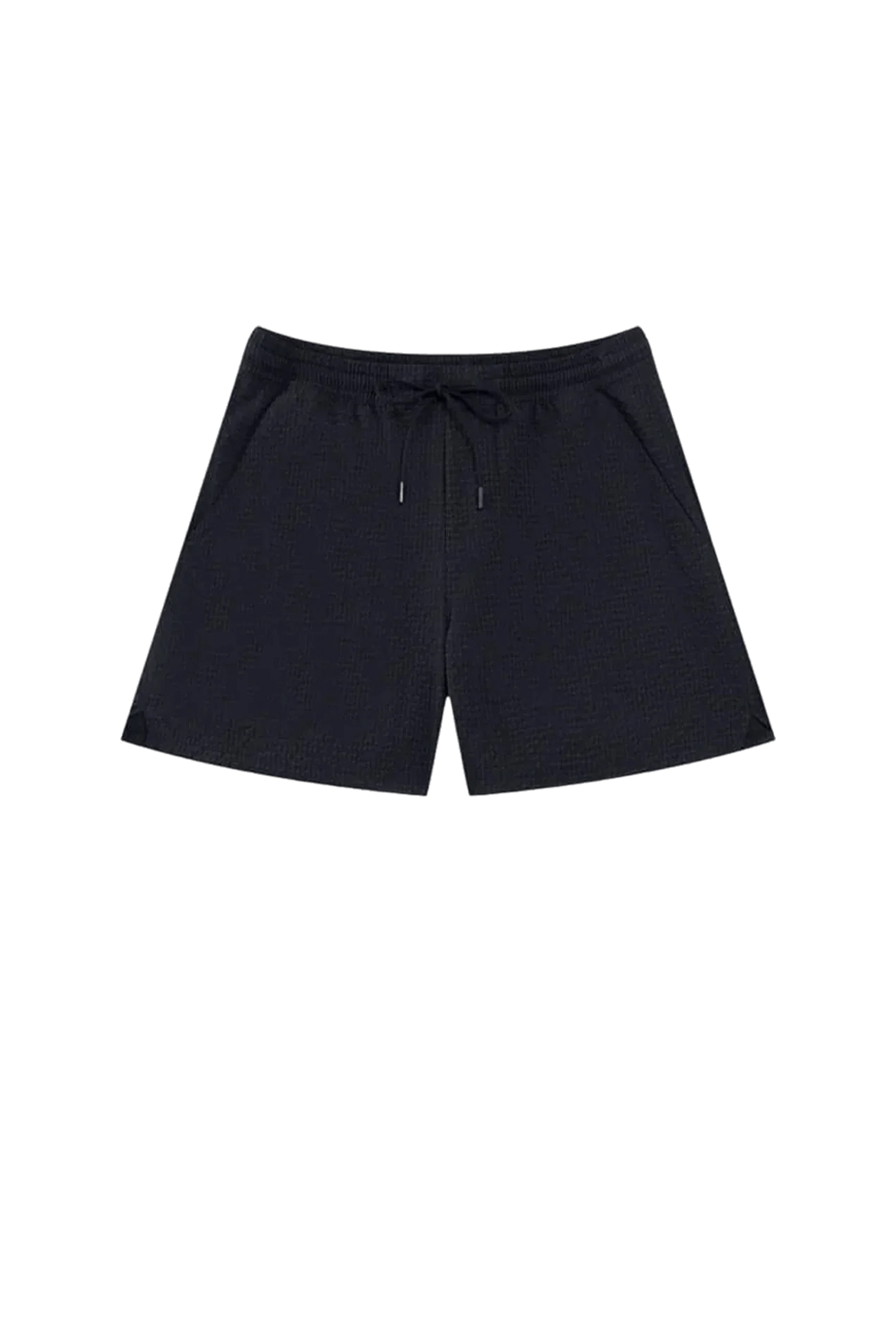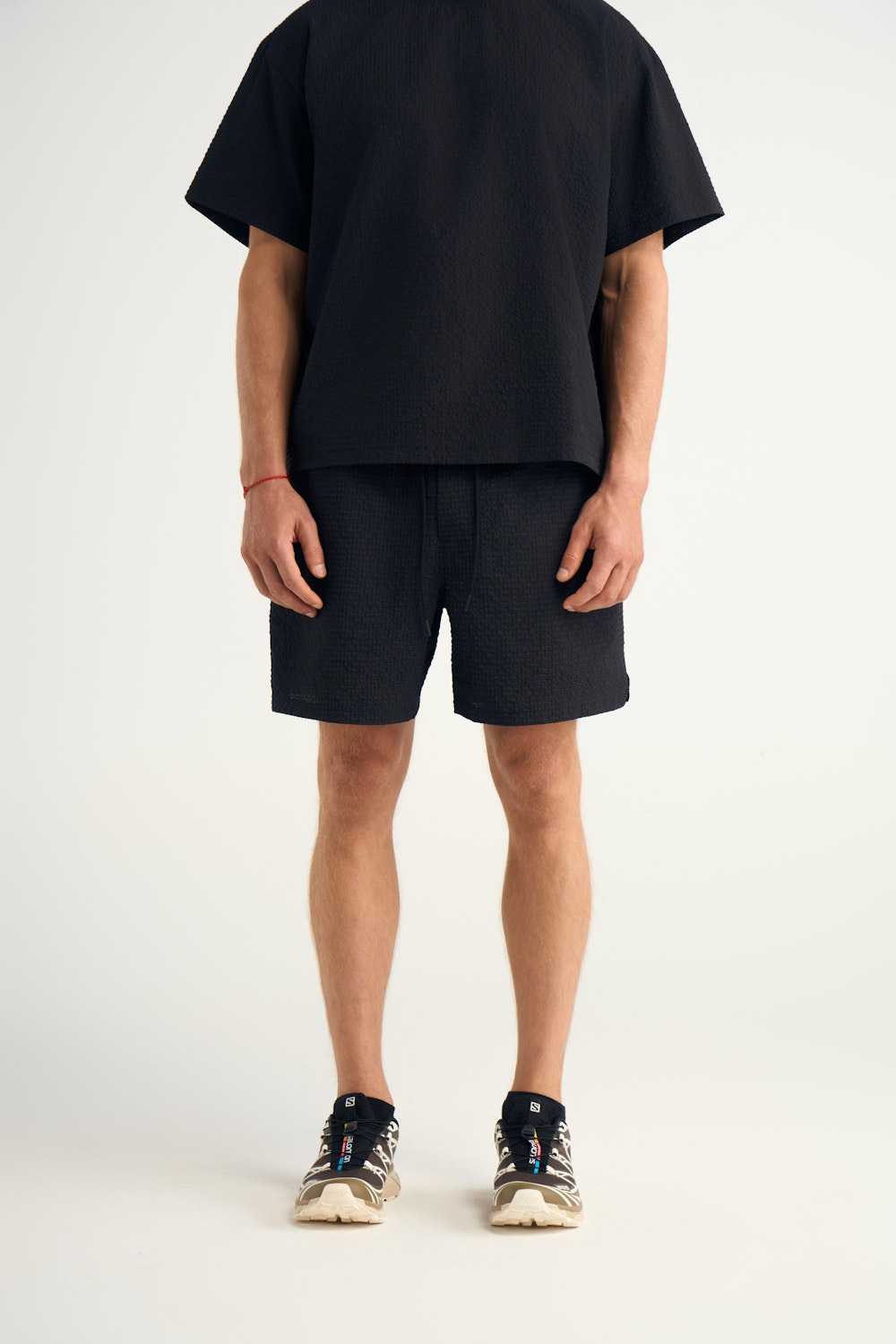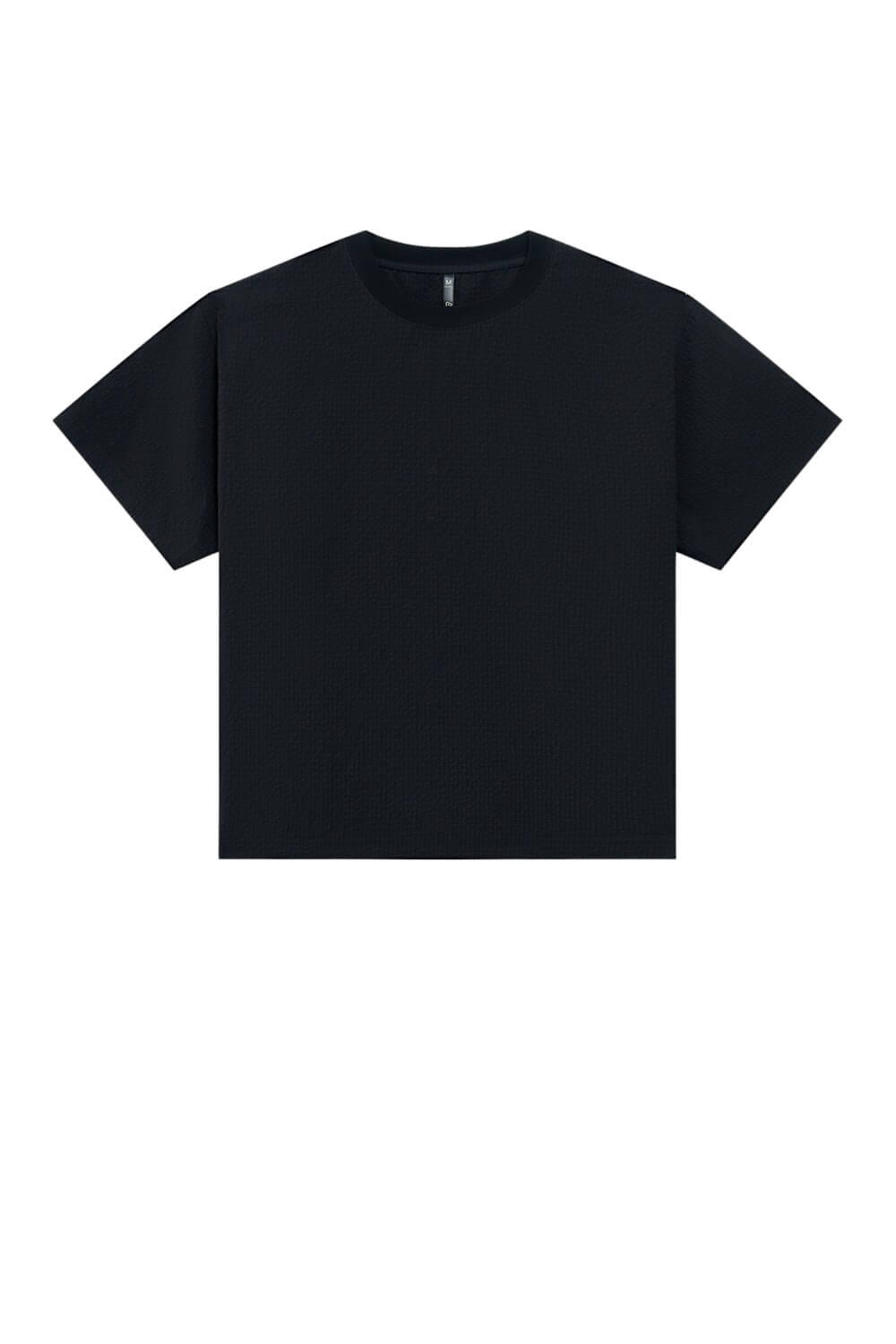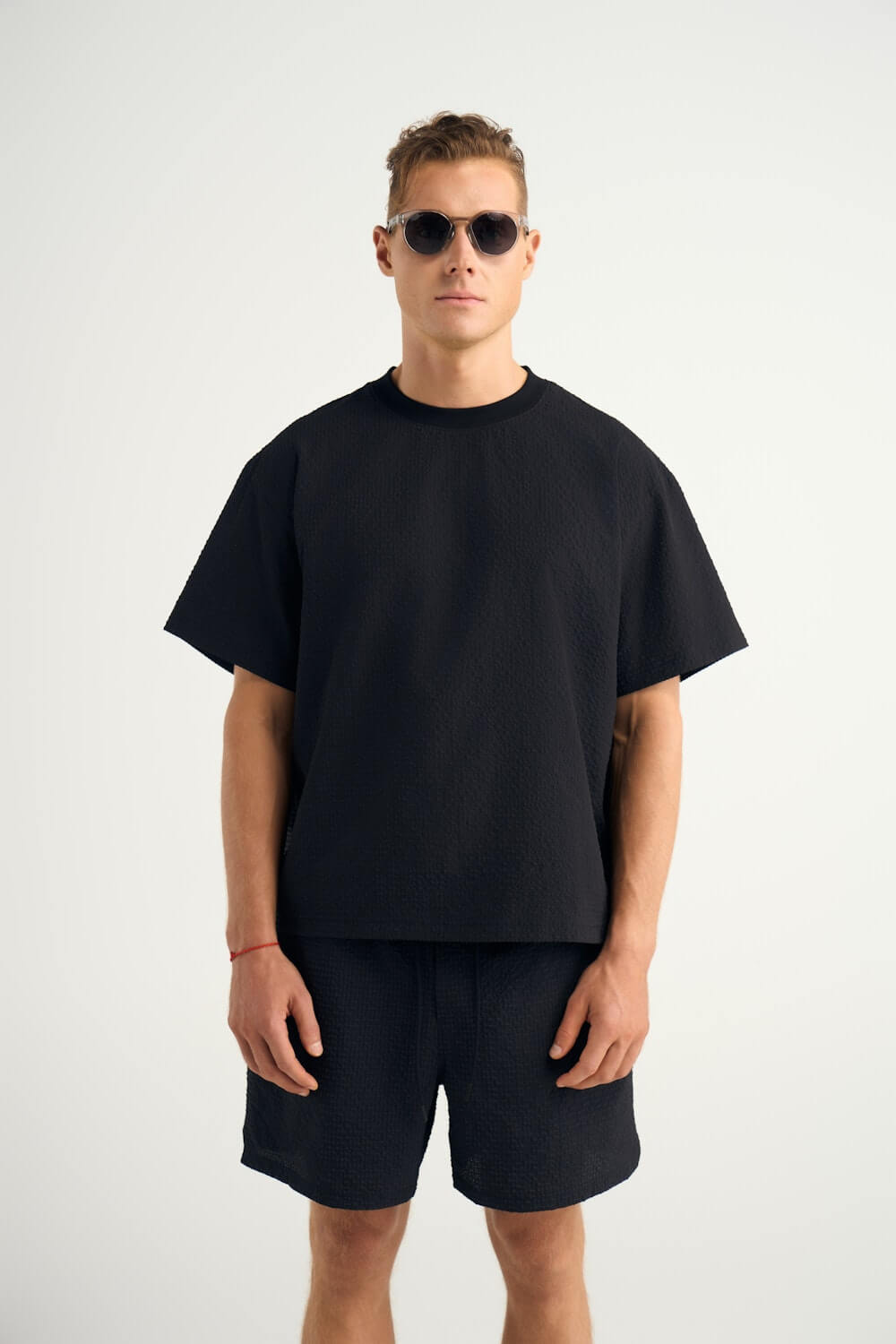Heading to a European destination? Our packing list for Europe is tailored to suit trips of varying durations and seasons, including summer and winter essentials. Check our guide to ensure you have all the overseas travel must-haves, whether you're planning a short city break or an extended countryside adventure.

Travel Clothing Packing List For Europe
As the travel wardrobe is the major part of the packing list let’s start with it. And when packing for a European vacation, it's essential to consider the continent's diverse climate and cultural norms.
Europe's fashion is generally more classic and understated compared to other regions, so opting for a smart-casual wardrobe that can be mixed and matched is key. Comfort is equally important, especially given the amount of walking typically involved in exploring European cities. Opt for travel clothing that's versatile, layerable, and suitable for various occasions, from sightseeing to a nice dinner.
Here is some tips and example for building basic men’s travel wardrobe for mid-season European trip:
- Neutral-colored long-sleeve and short-sleeve shirts, which can be layered or worn alone depending on the weather.
- A pair of versatile pants and travel chinos, suitable for both day and night activities.
- A lightweight, waterproof jacket for unpredictable weather, preferably in a neutral color.
- Comfortable, stylish walking shoes that can handle cobblestone streets and extended periods of walking.
- A sweater or overshirt for layering on cooler days or evenings.
- Essential accessories like a scarf, a versatile hat, and sunglasses.

Tailored Packing Based on Your Trip Duration
When planning any trip and especially overseas, one of the key considerations is the duration of your stay, as it significantly influences things to pack for your Europe trip. Here's a comprehensive packing checklist tailored to different trip lengths, ensuring you're well-prepared for any timeline:
Packing for a Week in Europe
A week in Europe calls for smart, versatile packing. Focus on mix-and-match pieces to create various outfits. Include the next things:
- 7 pairs of underwear and socks (one for each day if you’re not planning doing laundry).
- 2-3 T-shirts and 1 travel polo in a mix of colors and styles for versatility.
- 2 Long-sleeve shirts or a henley for layering or cooler evenings.
- 2 Bottoms: 1 pair of travel jeans and 1 pair of versatile shorts if it's a warm destination.
- 1 Dressy outfit: 1 button-down for special evenings or fine dining experiences that might be easily mixed and matched with casual travel pants from above checklist point.
- 1 Lightweight, waterproof jacket or vest to handle unexpected rain or when it’s getting colder for the evenings.
- 1 Pair of Shoes for comfortable walking shoes and 1 pair of optional dress shoes or sandals.

Packing for 10 Days
Extend your one-week packing list with a few extras for those additional days. Remember, less is more – focus on multi-purpose items.
Packing for Two Weeks in Europe
A two-week trip requires a bit more planning, as you'll likely encounter a wider range of activities and weather changes. Here's an expanded list:
- 14 pairs of underwear and socks, or consider doing laundry midway through your trip.
- 5-6 T-shirts, with a mix of shirts and polo.
- 3-4 Long-sleeve shirts for cooler days and layering.
- Bottoms: 2 pairs of jeans, 1 pair of versatile trousers, and 1 pair of shorts (weather permitting).
- 2 Shirts for dressy outfits for evenings out or special events.
- 1 Jacket that is durable, weather-appropriate jacket, suitable for rain and wind.
- 1 Pair of Shoe for comfortable walking shoes and 1 pair of dressier shoes or sandals.

For this duration, you might opt for checked luggage, allowing a bit more space for these essentials.
Packing for 30 Days in Europe
Surprisingly, packing for 30 days in Europe isn't much different from a two-week trip. The best advice is to plan for laundry rather than packing 30 days' worth of clothes.
- Underwear and Socks: Aim for about 15-20 pairs. Plan to do laundry every week or 10 days.
- 6-8 T-Shirt: including a mix of shorts and long sleeves for layering.
- 1-2 Dressy cotton shirts that are versatile for different and special occasions.
- 3 Bottoms pairs of jeans/trousers and 2 pairs of shorts (weather-dependent).
- 2-3 Layering pieces like zipped jackets, overshirts or vest for cooler days or layering.
- 1 Lightweight, waterproof jacket and 1 warmer jacket (depending on the season).
- 2 Pairs of Shoes for comfortable walking shoes and 1 pair of dressier shoes or sandals.

The goal is to have everything you need without overburdening yourself with heavy luggage. Remember, you'll likely be moving frequently, often over cobblestoned streets.
In all cases, the Europe vacation packing list should be guided by the principles of versatility, comfort, and practicality. Whether it's for a week or a month, the focus should be on packing smart, not packing more.
Seasonal Packing for Europe
Packing for Europe requires an understanding of the diverse climates and cultural nuances across its regions, especially when considering the seasonal extremes of summer and winter. Here's a guide to help you pack appropriately for different parts of Europe:
Summer Packing List for Europe
As summer in Europe often means warm, sunny days and mild evenings, your packing list should focus on comfort and versatility. Lightweight and breathable fabrics are essential to stay cool while exploring. Here's a suggested summer packing list for Europe:
- Lightweight, breathable polo or tees in materials like cotton or cotton blends.
- Comfortable shorts for daytime and lightweight pants like joggers for cooler evenings.
- A pair of comfortable walking shoes and sandals for warmer days.
- Swimwear, a sun hat, and UV-protection sunglasses for beach or outdoor activities.
- A light, water-resistant jacket for unexpected rain showers.
- Quick-drying underwear and socks for comfort in the heat.

Now, let's delve into how the summer weather in specific European destinations might influence your travel wardrobe choices:
- Weather: Mild to warm days, cooler evenings. Occasional rain.
- Clothing: Lightweight layers, long-sleeve shirts, breathable trousers, a light waterproof jacket, and comfortable walking shoes. Include a sweater or fleece for cooler evenings.
- Weather: Generally warm, can be hot in some areas.
- Clothing: T-shirts, shorts, light pants, comfortable sandals or walking shoes. A light jacket or cardigan for evenings. Sun protection is essential.
- Weather: Warm, sometimes hot days, with cooler evenings.
- Clothing: Summer wear like t-shirts, shorts, and light pants. Comfortable walking shoes, a hat for sun protection, and a light jacket or sweater for evenings.
- Weather: Hot and sunny. Rarely rains.
- Clothing: Light, airy clothing, sun hats, sunglasses, and sunscreen. Swimsuits for coastal areas. Light, breathable shoes or sandals. A thin long-sleeve shirt or shawl for sun protection or modesty when visiting religious sites. For the full list, check out our Italy packing guide.
Winter Packing List for Europe
Winter in Europe can range from mildly chilly to extremely cold, depending on your destination. Cold-weather packing should prioritize warmth and layering. Here's a recommended winter travel packing checklist for Europe:
- Thermal base layers to retain body heat.
- Long-sleeve shirts, hoodie and zipped jacket for layering.
- Warm trousers and base layers pants if needed.
- A light insulated coat, preferably waterproof.
- Waterproof boots or shoes with good traction.

For winter travel in Europe, prioritize layering with items like thermal base layers, long-sleeve shirts, and a light insulated jacket for optimal warmth and comfort.
Samely, let’s explore the weather specifics during winter in different parts of Europe and how you should adjust your winter travel wardrobe to this.
- Weather: Very cold, often snowy or icy.
- Clothing: Thermal layers, insulated jackets or puff jackets (preferably waterproof both), woolen sweaters, warm trousers, insulated and waterproof boots, hats, gloves, scarves, wool socks. Consider clothing suitable for snow activities if planning outdoor adventures.
- Weather: Cold, damp, and sometimes snowy.
- Clothing: Warm layers, insulated jackets, waterproof outer layers, warm pants or jeans, waterproof shoes or boots, and warm accessories like merino wool beanie, gloves, and scarves.
- Weather: Cold, with a high chance of snow in many areas.
- Clothing: Shirt for a base layer and warm cotton overshirt on it, heavy coats, warm trousers, insulated boots, and accessories like woolen hats, gloves, and scarves. Layering is key to adapt to indoor and outdoor temperatures.
- Weather: Milder than the north but can be chilly, especially in the evenings.
- Clothing: Medium-weight jackets, sweaters, long-sleeve tops, and comfortable travel pants. Lighter thermal layers for colder days, and comfortable, closed-toe shoes. Warm accessories like above-mentioned.

The focus for winter packing is on layering and ensuring you're prepared for colder temperatures, with clothing that can adapt to indoor warmth and outdoor chill.
Clothing Packing Tips for a European Vacation
As you already got, efficient packing for a European vacation is about balancing comfort, style, and practicality. Here are comprehensive tips to help you pack smartly for various climates and cultural settings.
- Plan According to Activities: Tailor your packing list to the activities you have planned to ensure you have the right attire.
- Cultural Considerations: Be mindful of modesty requirements at religious sites; pack items to cover shoulders and knees.
- Coordinate Clothing Colors: Choose a color scheme where all items can be mixed and matched. Neutral colors are practical as they coordinate easily and do not make you look like a tourist.
- Layering for All Seasons: Layering is key, especially for trips spanning multiple climates. Pack lightweight items that can be layered for warmth.
- Avoid Single-Use Clothing: Select versatile pieces that can be worn in multiple settings. Avoid packing items that are only suitable for one occasion.
- Plan for Varied Weather: Include at least one or two items for different weather scenarios, like a light rain jacket or a warm sweater. Check the forecast just before your trip.
- Focus on Classic Pieces: When choosing travel clothing, prefer classic and timeless items that are easier to mix and match, creating multiple outfit options.
- Buy Clothes on the Go: Consider purchasing clothes during your trip to adapt to unexpected weather changes and local trends.
- Invest in Quality Footwear: Comfortable, walking-friendly shoes are a must. Waterproof options are ideal for winter.
- Check Laundry Facilities: If your accommodation has a washer and dryer, you can pack lighter. Also, you can wash clothes in the sink or laundromat during your trip to reduce the number of clothes you need to pack.

By focusing on versatility, practicality, and the ability to layer, you can create a packing list that is both stylish and functional for your European adventure. Remember to check the weather forecast and cultural norms of your destinations to fine-tune your packing list.
Documents Must-Have List for a Europe Trip
Preparing the right documents is a crucial step in planning your European vacation. Having all necessary paperwork in order ensures a smooth and hassle-free journey. Here's a checklist of essential documents you should not forget.
- Passport: Ensure it's valid for at least six months beyond your planned return date.
- Visas (if required): Check the visa requirements for each country you plan to visit.
- Travel Insurance Documents: Carry proof of your travel insurance, including coverage details.
- International Driving Permit (if planning to drive): Alongside your regular driver's license if you intend to rent a car.
- Flight and Accommodation Confirmations: Keep a copy (digital or printed) of your bookings.
- Emergency Contacts and Addresses: List of contacts in case of emergencies, including local embassies.
- Health Documentation: Vaccination certificates or medical prescriptions, if applicable.
- Credit/Debit Cards and Cash: Along with details of your bank's international policies.
- Photocopies of All Important Documents: Keep a separate set in case of loss or theft.

Properly organizing and carrying these essential documents can significantly ease your travel experience in Europe.
Electronics & Gadgets Essentials
When traveling to Europe, having the right electronics and gadgets can greatly enhance your experience. From staying connected to capturing memories, here's a Europe travel essentials tech gadgets to consider packing.
- International Power Adapter: Essential for charging devices, as European outlets differ from those in other regions.
- Travel Power Strip: Handy for charging multiple devices simultaneously, especially in accommodations with limited outlets.
- Dual Voltage Travel Hairdryer: A must-have for travelers who use hairdryers, ensuring it works with European voltage.
- Powerbank: An extra power source for charging devices when a power outlet isn't available.
- SIM Card for Cheap Mobile Data: Allows for affordable internet access without relying on Wi-Fi.
- Keychain Flashlight: Useful for finding things in the dark or during power outages.
- Conversion Fee-Free Credit Card: Avoid extra charges on foreign transactions.
- Digital Camera: For high-quality photography, if your smartphone camera isn't sufficient.
- Smartphone: Essential for navigation, communication, and information.
- Tablet or Laptop: Useful for entertainment during travel, keeping up with work, or planning your trip.
- E-Reader: A compact way to bring multiple books for reading during downtime.

Packing the right electronics and gadgets can make your European trip more comfortable and convenient. But overall, if you do not plan work during the trip, minimize electronics, and rely on your smartphone for connectivity. Remember to prioritize based on your specific needs and the nature of your trip and pack light without bringing unnecessities.
Toiletries and Personal Items Essentials
Packing the right toiletries and travel essentials is crucial for a comfortable and hassle-free trip to Europe. Here's a list to remember of the things to pack for Europe trip:
- Travel-Sized Toiletries: Include shampoo, conditioner, body wash, etc. Opt for travel sizes or solid toiletries to save space and meet airline regulations.
- Toothbrush and Toothpaste: Essential for daily dental hygiene.
- Sunscreen: Important for protecting your skin, regardless of the season.
- Moisturizer and Lip Balm: To combat dry air, especially during flights or in colder climates.
- First Aid Kit: Include basic items like plasters, antiseptic wipes, and any personal medications.
- Hand Sanitizer and Wet Wipes: For cleanliness and hygiene, especially when access to water is limited.
- Insect Repellent: If you're traveling to areas where insects are prevalent.
- Nail Clippers and Tweezers: For basic grooming needs.
- Travel Towel: Quick-drying and compact, useful for hostels or beach visits.
- Sleeping Mask and Earplugs: For better sleep in hostels or overnight transportation.

Remember to tailor your toiletry bag to your specific needs and the nature of your trip, and consider the duration of your stay to determine quantities.
Miscellaneous Essentials for Europe Trip
When packing for an overseas trip, it's easy to remember the big items, but often the small, miscellaneous essentials can make a significant difference in your travel experience. Here's a list of those often-overlooked items that can be incredibly useful during your European trip.- Filtering Water Bottle or Collapsible One: Ensures access to clean drinking water and reduces plastic waste.
- Travel Sleep Sheet: Useful for hostels or budget accommodations.
- Laundry Bag: Keeps dirty clothes separate and organized.
- Digital Luggage Scale: Helps avoid overweight baggage fees.
- Ziploc Bags (Multiple Sizes): Great for organizing small items and protecting electronics from moisture.
- Collapsible Umbrella: Compact and useful for unexpected rain.
- Travel Utensils: For meals on the go or picnics.
- Padlock & Retractable Cable Lock: Security for your luggage and belongings.
- Tote Bag: Versatile for shopping, beach trips, or carrying extra items.
Remember, the key is to pack smart, not necessarily more, so choose items that are compact, versatile, and suited to your specific travel needs.
Bonus Tips: How To Pack Light For Europe
When preparing for a trip to Europe, efficient packing can make a significant difference in your travel experience. Here are some key tips to help you prepare your luggage smartly and travel comfortably.
- Create a Detailed Packing List: Ensure you include everything you need for your trip.
- Choose the Right Bag: Opt for a lightweight, portable bag that fits under the seat or as a carry-on, mindful of airline size and weight restrictions (usually 7 to 10 kilograms for carry-ons).
- Pack Light: Consider packing less and using a smaller bag to avoid checking luggage.
- Test Packing: Use your list to pack, then weigh and measure your suitcase to ensure it meets airline limitations.
- Use Packing Organizers: Packing cubes or folders help keep clothes organized and wrinkle-free.
- Limit Shoes: Reduce the number of shoes to save space and weight in your luggage.
- Consider Luggage Weight and Size: Lighter luggage can make traveling easier and more manageable.
- Currency Exchange: Use airport ATMs for currency exchange and save coins for convenience.
- Organize with Ziplock Bags: Utilize ziplock bags for better organization.
Read more packing hacks and test them out for your next trip.
Summary
Crafting the perfect Europe packing list requires careful consideration of clothing, electronics, toiletries, miscellaneous items, and essential documents. Tailor your packing to the climate, duration, and nature of your trip, and embark on your travel with confidence and style.

